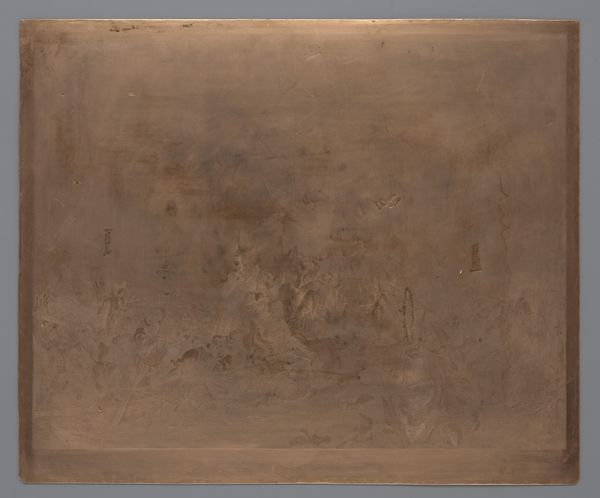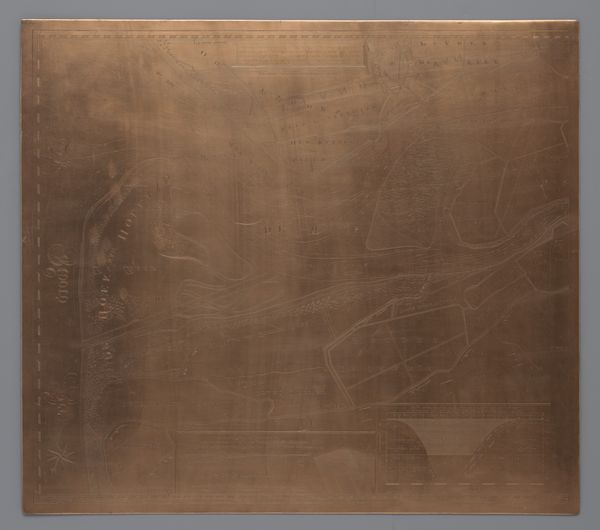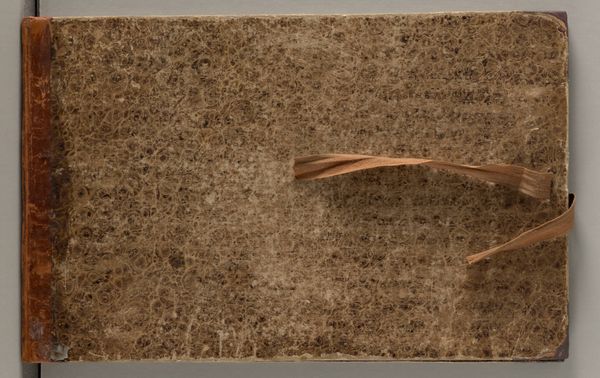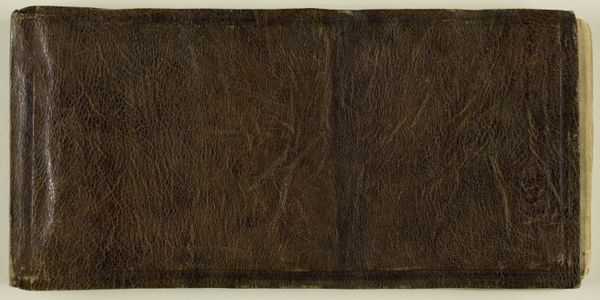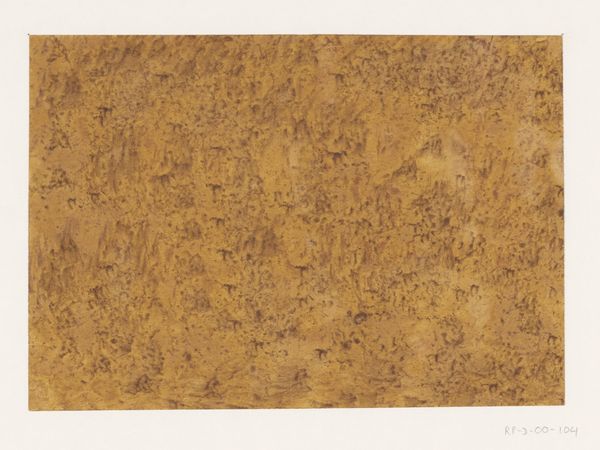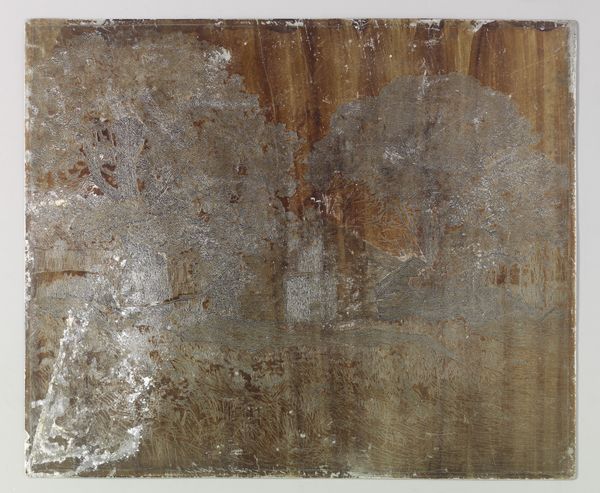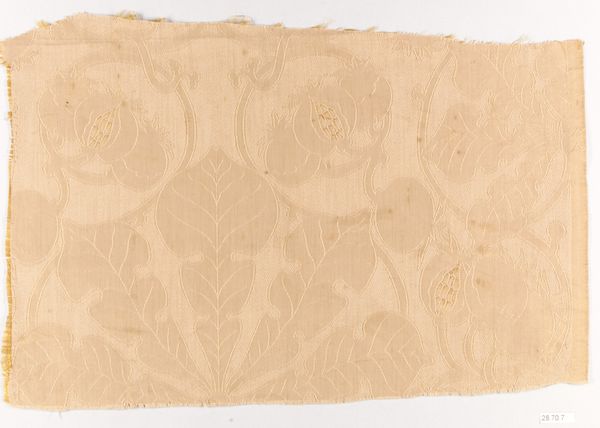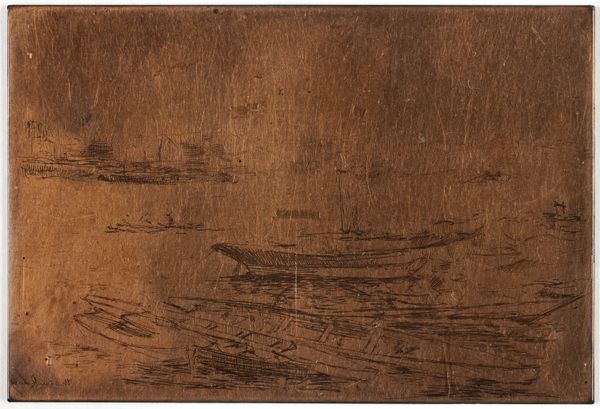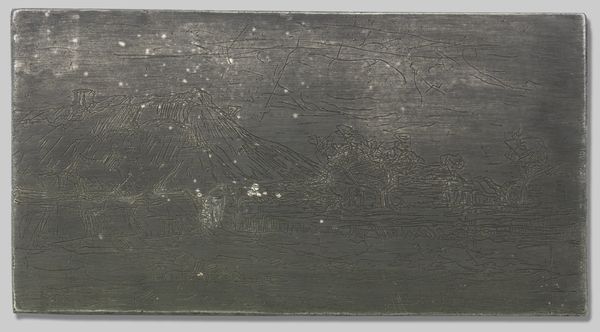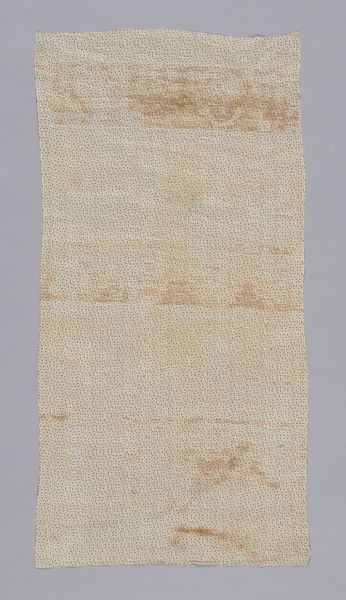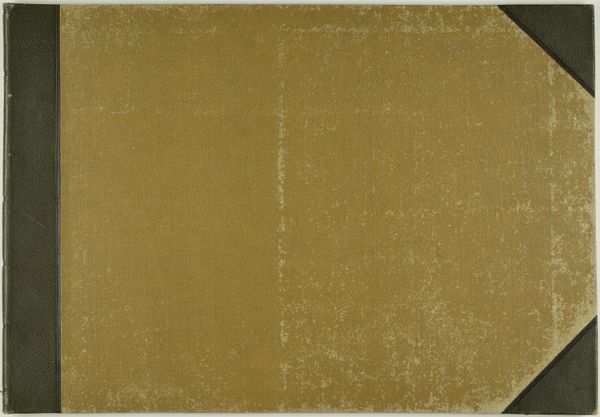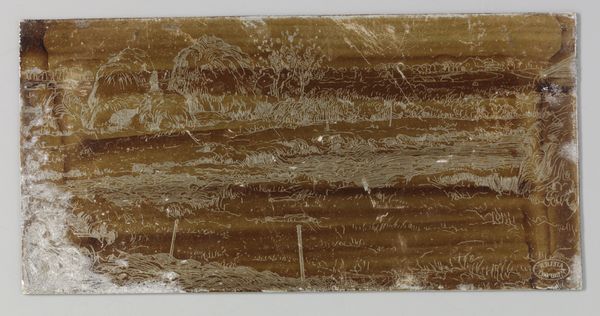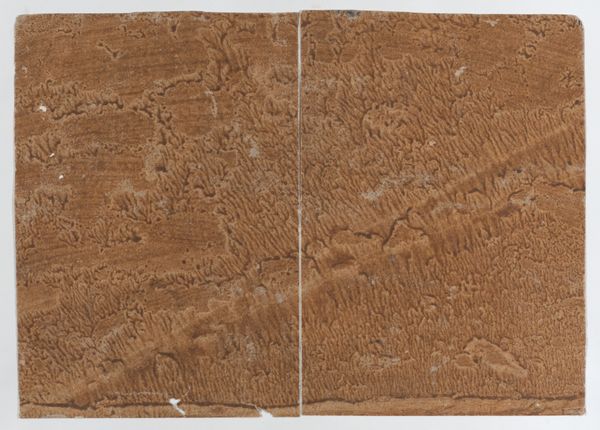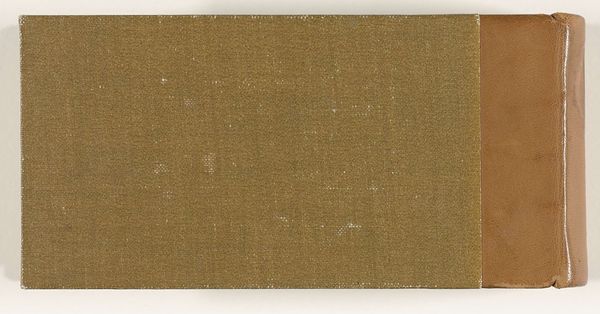
Dimensions: 129 x 167 cm
Copyright: Ha Chong-Hyun,Fair Use
Curator: My first thought is "texture." I'm immediately drawn to the tactile quality. It feels so raw, almost primal. Editor: Well, that’s fitting, considering we're looking at Ha Chong-Hyun's "Work 77-15" from 1977. This piece exemplifies his work with what he termed "Conjunction," a method pushing paint through burlap. Curator: Burlap! I was thinking some kind of wood or rough hewn textile. That's what creates that incredible surface, doesn't it? The paint forced through the coarse weave. Editor: Exactly. And in terms of material history, it's vital to see the "why" behind this unconventional medium. South Korea, in the post-war period, dealt with scarcity. Artists like Ha, using inexpensive, readily available materials, questioned established artistic hierarchies, where "high art" required fine, imported canvases. Curator: So, it’s a commentary on accessibility and resourcefulness? Transforming something ordinary, a practical material, into something deeply expressive. Look at how the pigment pools and drips – it almost has a topographical quality, like miniature mountain ranges. What’s the scale here? Editor: It's significant. The large scale gives this work physical presence that cannot be ignored. And given the political environment in South Korea at that time, this sort of tactile abstraction provided the means to hint at dissent without resorting to overt representational imagery, cleverly negotiating constraints that the social system imposed at that time. Curator: I see that interplay so clearly now. There’s something quietly defiant in choosing such humble material and elevating it. Almost like celebrating the unsung, the everyday. It makes you rethink value. Editor: Absolutely. And its impact on subsequent generations of artists cannot be overstated. Ha's practice helped to legitimize the use of unconventional materials in fine art in Asia. His methods had a crucial public influence on institutional practices by questioning artistic conventions and accepted taste in fine arts at the time. Curator: This has truly broadened my understanding, taking this from mere surface aesthetics into something so historically relevant. Editor: Agreed, seeing the social factors behind artistic ingenuity enriches the appreciation so much. It gives a depth and gravity you simply cannot dismiss when witnessing such artwork in person.
Comments
No comments
Be the first to comment and join the conversation on the ultimate creative platform.
